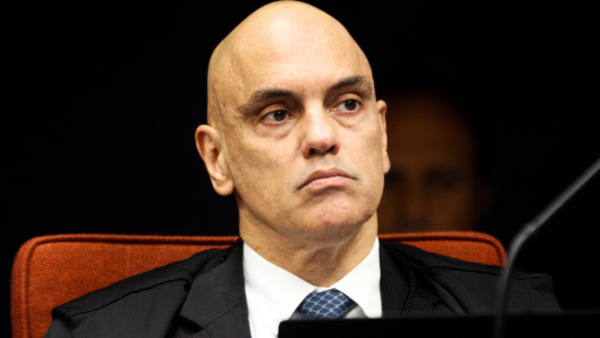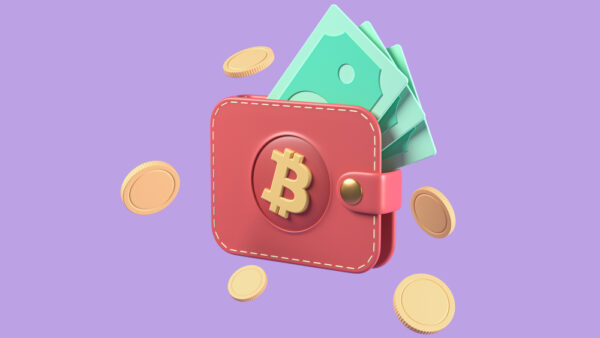Consumer prices in Brazil rose 0.42 percent last month, according to new data from the Brazilian Institute of Geography and Statistics (IBGE). In the 12 months to January, inflation reached 4.51 percent.
While headline inflation is on the decline, the numbers are cause for concern. For one thing, January’s results were well above market expectations, which hovered around 0.34 percent of monthly inflation.
In addition, food costs, which take a heavy toll on low-income consumers, have risen for three consecutive months.
Food is becoming more expensive as extreme heat and higher-than-usual rainfall have hurt agricultural production in several regions of the country. Scientists have linked these weather disturbances to the El Niño weather phenomenon.
According to André Almeida, a research manager at IBGE, this was the largest increase in food and beverage prices in the month of January since 2016.
The pressure came from food consumed at home, which rose 1.81 percent, driven by the rising prices of some of the products most consumed by Brazilians. However, the cost of eating out slowed compared to December, with prices rising by only 0.25 percent.
On the other hand, transportation costs actually went down by 0.65 percent last month.
For the first time in five months, airfares fell in January, dropping 15.22 percent against a cumulative increase of 82.03 percent between September and December.
The Central Bank is particularly concerned with inflation in services, especially labor-intensive activities. Yesterday, chairman Roberto Campos Neto said at an event that the Central Bank has noticed a recent worsening in core inflation — which excludes more volatile prices such as food and fuel — and that it stems from these labor-intensive services.
In minutes released this week, the Central Bank’s Monetary Policy Council said it believed that the dynamism of the labor market and the expansion of real incomes could lead to inflation in the services sector. That is the main factor that could hamper the current cycle of monetary easing and future cuts of 0.50 percentage points in the country’s benchmark interest rate.


 Search
Search






































